A fusion of traditional Japanese wisdom and modern science, distinct from contemporary medicine.
We embrace the ancient Japanese concept of “Ishoku Dogen” (food and medicine are one), which supports the body’s complex functions. Juveriente delivers extracts from healthy Japanese foods, whose safety has been proven over centuries and whose effects have been scientifically verified, in our generously formulated supplements.
Our goal is not dramatic change, but a new approach to wellness: to nurture your body’s health steadily from the roots.
Products
Juveriente® EFFISOY®
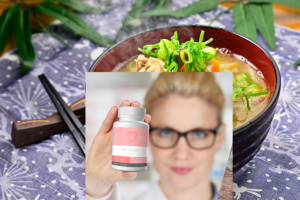
A Scientific Breakthrough in Wellness from Japan.
Nurturing Your Body from Within with a Japanese Fermented Isoflavone Supplement.
Key Product Features
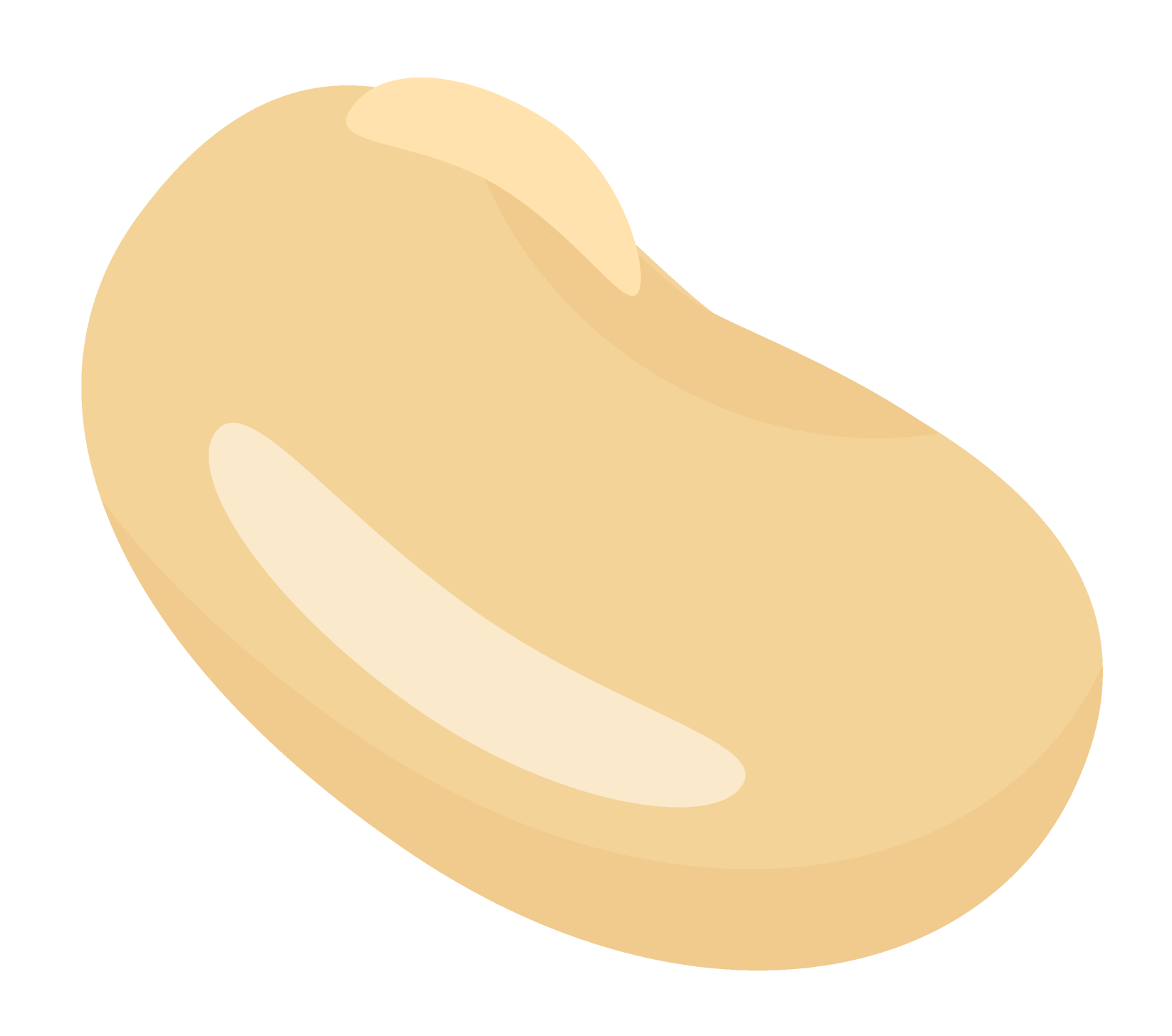 Uses the Exclusive Fermented Isoflavone “AglyMax”: Unlike conventional isoflavones, this is an aglycone type that is directly absorbed by the body. This unique Japanese menopause supplement is designed to support your body’s natural balance.
Uses the Exclusive Fermented Isoflavone “AglyMax”: Unlike conventional isoflavones, this is an aglycone type that is directly absorbed by the body. This unique Japanese menopause supplement is designed to support your body’s natural balance. Activates DHEA Production: As proven in a separate clinical study, it significantly increases DHEA-S levels, a precursor to essential hormones.
Activates DHEA Production: As proven in a separate clinical study, it significantly increases DHEA-S levels, a precursor to essential hormones. Hot Flash Relief: Confirmed to reduce the frequency and severity of hot flashes in a four-year clinical trial conducted in collaboration with Harvard University.
Hot Flash Relief: Confirmed to reduce the frequency and severity of hot flashes in a four-year clinical trial conducted in collaboration with Harvard University. Supports Menopause Symptoms with Key Ingredients: In addition to AglyMax, this formula contains widely-recognized ingredients for menopause support, including Maca Root Extract and Diindolylmethane (DIM) derived from cruciferous vegetables like broccoli and kale.
Supports Menopause Symptoms with Key Ingredients: In addition to AglyMax, this formula contains widely-recognized ingredients for menopause support, including Maca Root Extract and Diindolylmethane (DIM) derived from cruciferous vegetables like broccoli and kale. Based on Japanese Food Culture: Sourced from natural soy, reflecting the health benefits traditionally enjoyed by Japanese women through foods like miso soup.
Based on Japanese Food Culture: Sourced from natural soy, reflecting the health benefits traditionally enjoyed by Japanese women through foods like miso soup. A Proven Track Record of Trust: The core ingredient has been a trusted choice for over a decade in Japan, with numerous positive reviews.
A Proven Track Record of Trust: The core ingredient has been a trusted choice for over a decade in Japan, with numerous positive reviews.
Scientific Evidence & Proven Track Record
- Hot Flash Relief Proven in Collaboration with Harvard University
- A four-year randomized, double-blind clinical trial, conducted in collaboration with Harvard University’s Beth Israel Deaconess Medical Center, has confirmed that our key ingredient, AglyMax®, is effective in reducing the frequency and severity of hot flashes.
- ClinicalTrials.gov Regi
stration - ScienceDaily Article
- Clinical Evidence for DHEA Production
- In a separate 8-week clinical study on postmenopausal
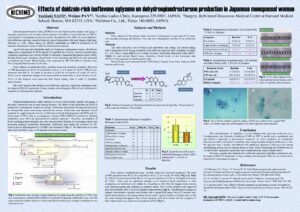 Japanese women, the intake of AglyMax® was shown to significantly increase DHEA-S levels, a precursor to essential hormones.
Japanese women, the intake of AglyMax® was shown to significantly increase DHEA-S levels, a precursor to essential hormones. - Research Presentation (JPEG)
- PubMed Article
- In a separate 8-week clinical study on postmenopausal
- A Decade of Trust in the Japanese Market
- The core ingredient has been a trusted choice for over a decade in Japan, receiving numerous positive reviews and building a solid reputation among users.
Choose your preferred way to shop


Juveriente® Bone Strength Complex

A Japanese Tradition of “Mikan and Kotatsu” for Bone Health, Now Backed by Science.
Your Natural Bone Health Supplement, Powered by Beta-Cryptoxanthin.
Key Product Features
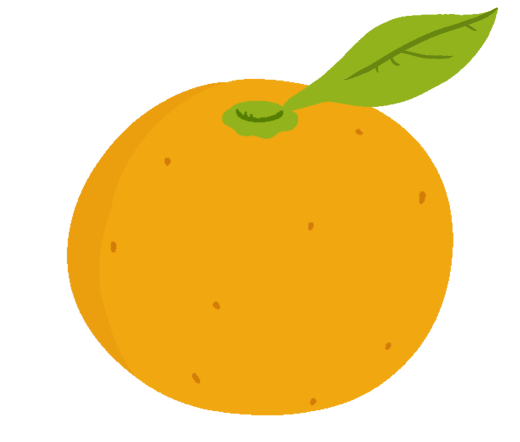 Main Ingredient is Beta-Cryptoxanthin: Extracted from Japanese Satsuma Mandarin oranges. A large-scale epidemiological study revealed an inverse correlation with the incidence of osteoporosis, making it a leading Japanese supplement for bone health.
Main Ingredient is Beta-Cryptoxanthin: Extracted from Japanese Satsuma Mandarin oranges. A large-scale epidemiological study revealed an inverse correlation with the incidence of osteoporosis, making it a leading Japanese supplement for bone health. Supports Foundational Bone Health: Research has shown it inhibits the activity of cells that break down bone (osteoclasts) and promotes the activity of cells that build bone (osteoblasts).
Supports Foundational Bone Health: Research has shown it inhibits the activity of cells that break down bone (osteoclasts) and promotes the activity of cells that build bone (osteoblasts). Rich in Bone-Essential Vitamins: The formula is generously blended with vitamins C, D, K2, and Folic Acid for comprehensive bone support.
Rich in Bone-Essential Vitamins: The formula is generously blended with vitamins C, D, K2, and Folic Acid for comprehensive bone support. Formulated with Clinically Studied Levels: Contains a concentration of beta-cryptoxanthin that has been shown to be effective in clinical studies, ensuring tangible results.
Formulated with Clinically Studied Levels: Contains a concentration of beta-cryptoxanthin that has been shown to be effective in clinical studies, ensuring tangible results. Nature’s Gift, Not a Synthetic Compound: Sourced from the Satsuma Mandarin, a fruit with deep roots in Japanese food culture, and not a synthetic substance.
Nature’s Gift, Not a Synthetic Compound: Sourced from the Satsuma Mandarin, a fruit with deep roots in Japanese food culture, and not a synthetic substance.
Scientific Evidence & Proven Track Record
- A Decade of Trust in the Japanese Market
- Since its launch in 2016, this highly effective formula has been a trusted choice in Japan, garnering positive reviews and a solid reputation among users.
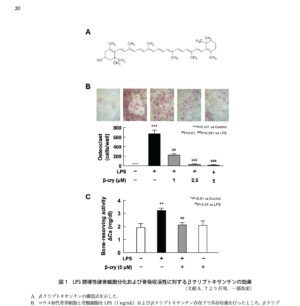
- A large-scale epidemiological study by the Japanese National Agriculture and Food Research Organization demonstrated a correlation between blood beta-cryptoxanthin levels and osteoporosis.
NARO Press Release - Research has shown the mechanism by which beta-cryptoxanthin influences bone cells.
J-Stage Article (Written in Japanese. You can read it through Google Translate. )
- Since its launch in 2016, this highly effective formula has been a trusted choice in Japan, garnering positive reviews and a solid reputation among users.
Choose your preferred way to shop



